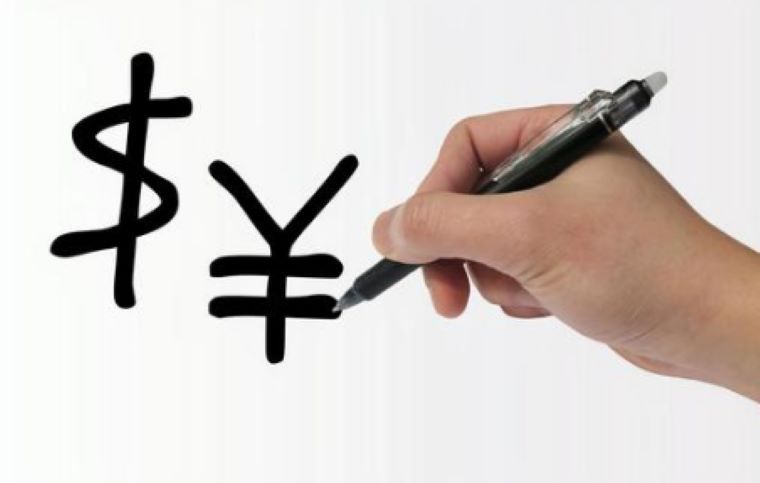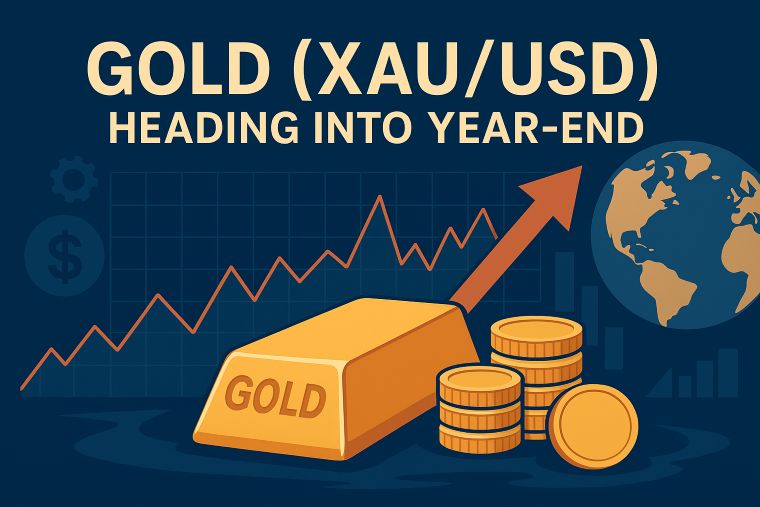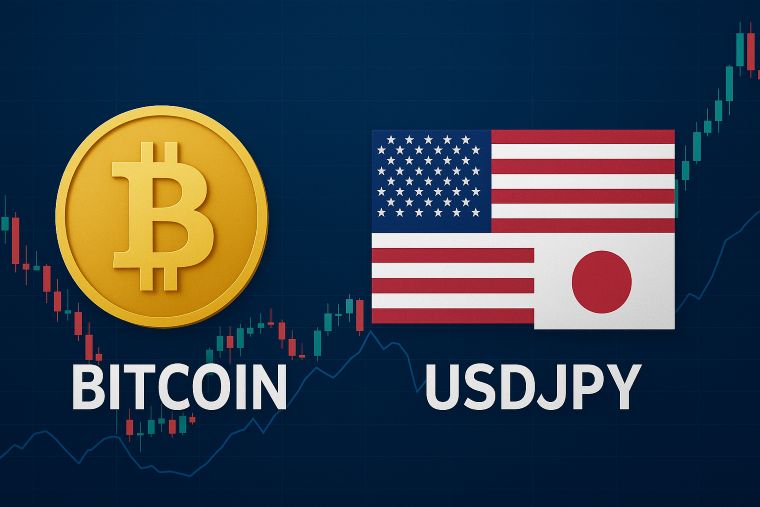3 min to read
The currency pair later exhibited resilience and managed to reclaim the 143 yen level
during the New York session.

“In today’s dynamic market, the USD/JPY pair initially experienced a slight dip, temporarily falling to the mid-142 yen range”
However, the currency pair later exhibited resilience and managed to reclaim the 143 yen level during the New York session. The earlier yen strengthening against the dollar from Tokyo to London time was primarily driven by risk aversion and stock market sell-offs. Nonetheless, a robust surge in the US dollar ensued as a result of the release of strong ADP employment data during the New York session, propelling the USD/JPY pair to higher levels. While there are high expectations surrounding the upcoming US employment data release, it’s essential to recognize that the ADP and non-farm payroll indicators may not always align in direction.
Recently, there was a noteworthy development as Fitch Ratings downgraded the US credit rating from AAA to AA+. This event prompted increased market caution, particularly within the stock market, where reactions were quite sensitive. However, prevailing sentiment among many market participants suggests that this downgrade is likely to have only a temporary impact and is not expected to pose a long-term threat to the US’s premier status.
In the stock market, a delicate balance of optimism and concern has emerged. While there is optimism driven by expectations of a soft landing, caution has intensified due to rapid price increases. Some experts highlight that the recent US credit downgrade served as a convenient trigger for profit-taking actions.
Meanwhile, the EUR/USD pair continues to explore lower levels, experiencing a brief decline to around 1.0920 dollars and approaching the 100-day moving average. After the recent European Central Bank (ECB) meeting, expectations for an additional rate hike in September have diminished, with short-term financial market pricing suggesting a probability of only about 30%. Nonetheless, some analysts emphasize that it might be premature to completely rule out the possibility of a rate hike in September.
Regarding the Eurozone’s consumer price index (HICP) for July, the core inflation rate remained at 5.5% year-on-year. However, experts caution that this figure may be distorted due to the base effect from the previous year. Instead, they emphasize the significance of month-on-month changes. Although the overall index has experienced a significant decline, it still remains above the ECB’s target of 2%, with core inflation expected to maintain high levels driven by service inflation. Consequently, should the ECB place more emphasis on the month-on-month figures, there could be potential for an extension of the rate hike cycle.
Shifting focus to the GBP/USD pair, it temporarily declined to the mid-1.26 dollar range. Notably, the Fibonacci 38.2% retracement level of the upward wave from March to July, standing at approximately 1.2630 dollars, is closely monitored as the immediate downside target.
Looking ahead, tomorrow’s Bank of England (BoE) Monetary Policy Committee (MPC) meeting outcomes will be of paramount importance for the pound. The market’s expectations for a significant 0.50% rate hike have been tempered, with a more likely scenario being a standard increase of 0.25%. However, some strategists urge caution in ruling out the possibility of a substantial rate hike and suggest that it might be premature to sell the pound at this stage. Additionally, as the BoE’s rate hike trajectory is expected to persist for some time, it may result in a widening policy rate gap with other major central banks, notably the Federal Reserve, potentially offering support for the pound. Recent positioning data also indicates an unusual level of bullishness on the pound from asset management firms.
Visit XM Official Website.

